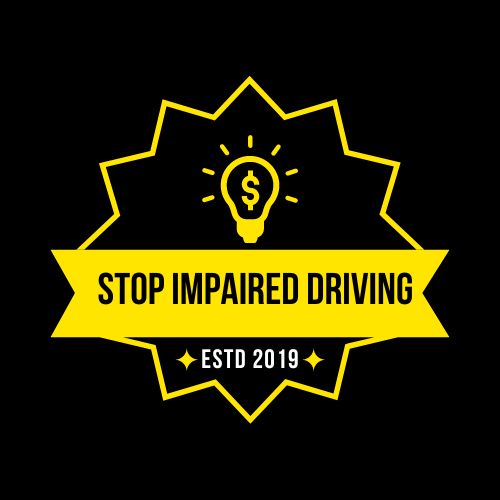CPP Sharing Schedule 2024: How does this Canada Pension Plan strategy work?
Managing one’s money during retirement may be a challenging endeavour; however, there is a straightforward method that might make the process simpler for married couples in Canada. This method, which is known as CPP sharing, enables married or common-law partners to split the income they get from their Canada Pension Plan income. Because of this … Read more
